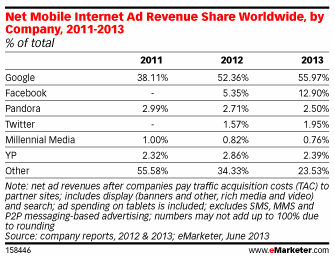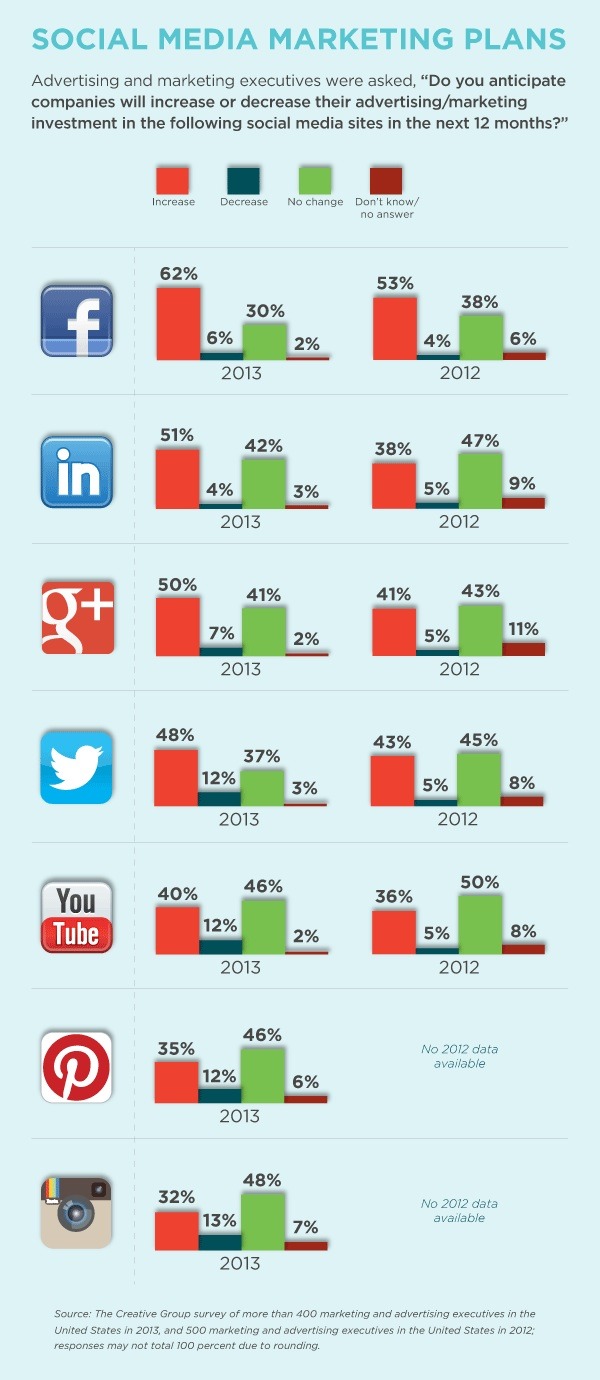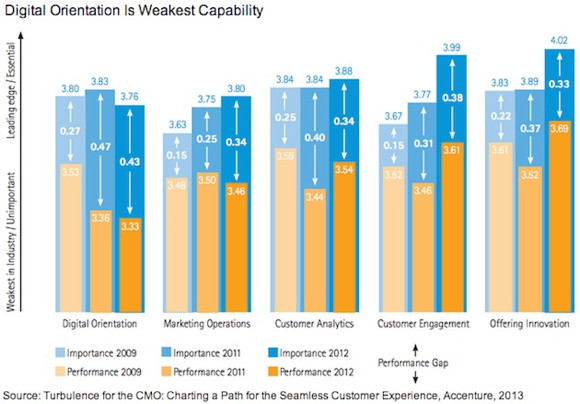 There are different views on why mobile advertising is performing. However, some new studies might spread some light: one form TNS and one from SessionM which did their study in cooperation with Millward Brown. The study SessionM published today shows that consumers react positively twice as often to mobile ads… but only as long as they get some value out of it.
There are different views on why mobile advertising is performing. However, some new studies might spread some light: one form TNS and one from SessionM which did their study in cooperation with Millward Brown. The study SessionM published today shows that consumers react positively twice as often to mobile ads… but only as long as they get some value out of it.
Mobile banners are most used from smartphone owners when they get a gift card, coupon, events tickets or loyalty points. Although this gives some good insight in the ranking of the preferred mobile engagement options, consumers want to know what benefit they get out of the digital experience. It means that marketers need to be clever and having some good approach. The surveyed consumers replied that the way mobile ads are presented was crucial to their feedback.
The study makes clear that the mobile strategies need to be clear to the consumer, said Lars Albright, CEO of SessionM: “The questions are, ‘What value am I bringing to the consumer?’ And, ‘How am I doing it?'” It asked 1,000 consumers in a digital survey, as well as a dozen participants in each four hour interviews. 93% of respondents said they had the opportunity to choose a reward in exchange for their smartphone time was “important”. This comes as no surprise after the latest Adobe study telling us that often digital advertising is found “annoying”.
The difference between rewards-based mobile ads and different types of on-the-go promos was that rewards-based mobile ads performed better for purchase consideration (+65), the brand in brand interaction (+14%), branded website traffic (+13%), web searches (+8%), in-store shopping for the brand (+6%), and approaching the brand’s social media pages (+5%). Obviously, the user can be handled and does not always see banners as “annoying and invasive”.
Finally, while a lot of industry players see location-based services as the key to mobile’s future, Joline McGoldrick, research director at Dynamic Logic, Millward Brown’s digital practice, spoke about how interest-level marketing can be a huge help to the space. “Targeting is getting better in mobile,” Joline McGoldrick, Research Director at Dynamic Logicsaid, “but it is still not perfect.”
 Now, although mobile ad revenue is far from reaching big amounts of ad spendings, many marketers see it as a growth area. Whatever the number that is attached to total mobile ad revenue worldwide is, Google is the leader with over half of surveyed people according to eMarketer. And if you see the numbers it seems that Gogle is still not happy with the budget chunk they do get, reaching out for more it seems. But also Facebook investors will see some light at the end of the tunnel with mobile ads on the rise. However, Google might like the competition but all that market dominance simply making way for some more challenging competition.
Now, although mobile ad revenue is far from reaching big amounts of ad spendings, many marketers see it as a growth area. Whatever the number that is attached to total mobile ad revenue worldwide is, Google is the leader with over half of surveyed people according to eMarketer. And if you see the numbers it seems that Gogle is still not happy with the budget chunk they do get, reaching out for more it seems. But also Facebook investors will see some light at the end of the tunnel with mobile ads on the rise. However, Google might like the competition but all that market dominance simply making way for some more challenging competition.
It will be interesting to see who will come up as the leader in this cmpetition, who can compete with Google in general, and will Google continue to grow their business? You tell us your views….






 There are different views on why
There are different views on why  Now, although mobile ad revenue is far from reaching big amounts of ad spendings, many marketers see it as a growth area. Whatever the number that is attached to total mobile ad revenue worldwide is, Google is the leader with over half of surveyed people according to eMarketer. And if you see the numbers it seems that Gogle is still not happy with the budget chunk they do get, reaching out for more it seems. But also Facebook investors will see some light at the end of the tunnel with mobile ads on the rise. However, Google might like the competition but all that market dominance simply making way for some more challenging competition.
Now, although mobile ad revenue is far from reaching big amounts of ad spendings, many marketers see it as a growth area. Whatever the number that is attached to total mobile ad revenue worldwide is, Google is the leader with over half of surveyed people according to eMarketer. And if you see the numbers it seems that Gogle is still not happy with the budget chunk they do get, reaching out for more it seems. But also Facebook investors will see some light at the end of the tunnel with mobile ads on the rise. However, Google might like the competition but all that market dominance simply making way for some more challenging competition.





